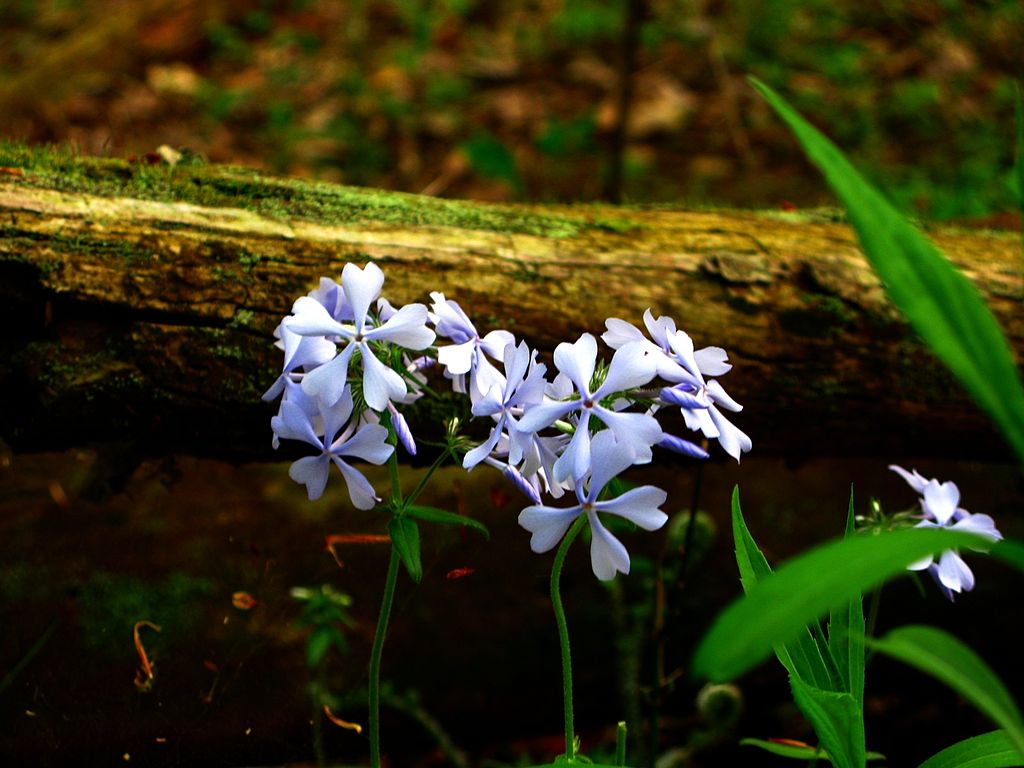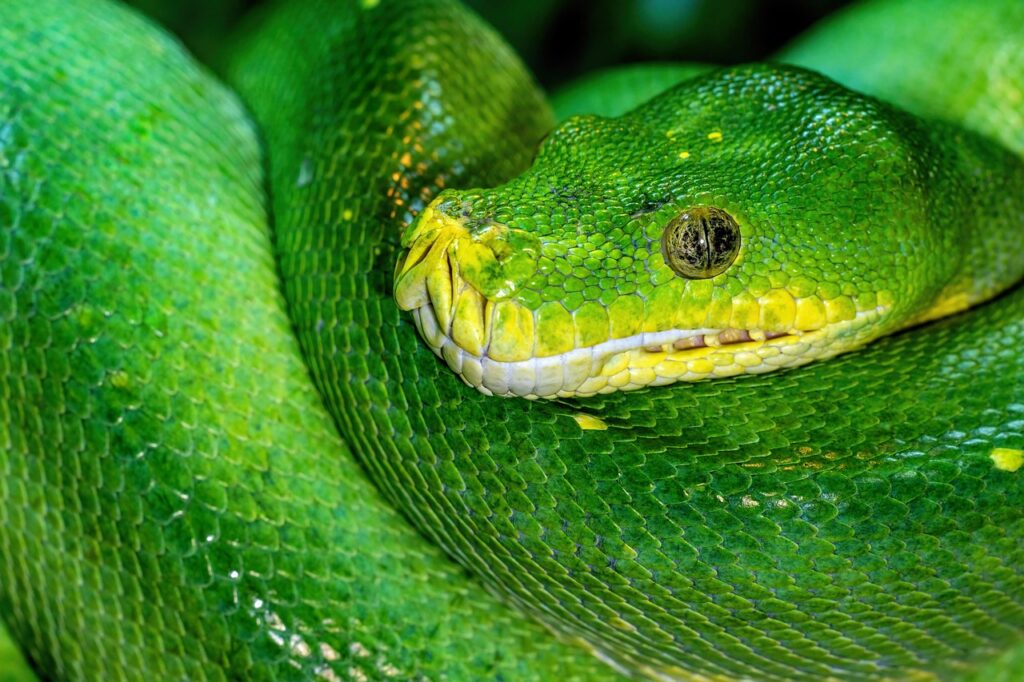Picture this: a world where massive predators stalked through landscapes painted in brilliant colors, where the air buzzed with the first bees, and where the ground bloomed with flowers that had never existed before. This wasn’t some fantasy realm—this was Earth 100 million years ago, during the Cretaceous period. While most people think of this era as the time of T. rex and Triceratops, something equally revolutionary was happening beneath their feet. The Cretaceous wasn’t just the age of dinosaurs; it was the moment when our planet transformed from a world of green monotony into a kaleidoscope of flowering beauty.
The Great Flowering Revolution

The Cretaceous period witnessed what scientists call the “angiosperm revolution”—the explosive rise of flowering plants that would forever change life on Earth. Before this time, our planet was dominated by ferns, conifers, and cycads, creating landscapes that looked more like modern-day forests of pine and spruce. Then, seemingly overnight in geological terms, flowers burst onto the scene around 130 million years ago.
These weren’t just pretty decorations for the prehistoric world. Flowering plants, or angiosperms, represented a completely new way of reproducing that was far more efficient than anything that came before. Unlike their predecessors, which relied on wind or water to carry pollen, these innovative plants developed colorful petals, sweet nectar, and enticing fragrances to attract animal pollinators.
The speed of this transformation was breathtaking. Within just 30 million years, flowering plants had spread across every continent and diversified into thousands of species. Darwin himself was puzzled by this rapid evolution, calling it an “abominable mystery” that challenged his understanding of gradual change.
Climate Paradise: The Greenhouse Earth
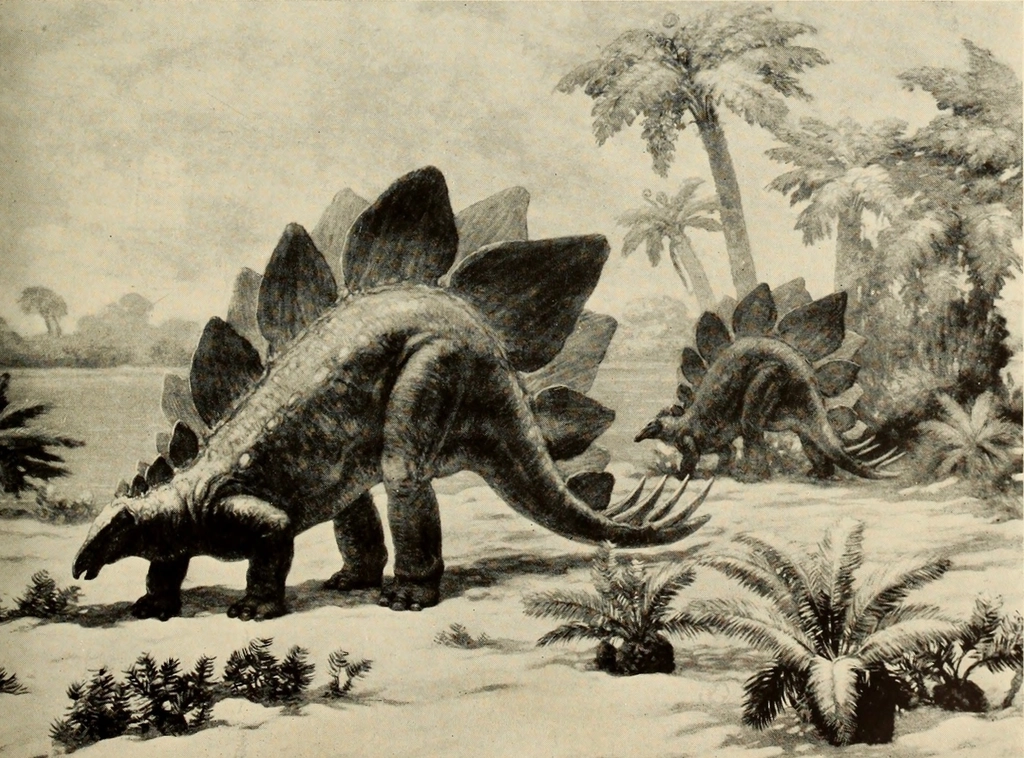
The Cretaceous period was like living in a global greenhouse, with temperatures that would make today’s climate seem downright chilly. Average global temperatures soared to about 18 degrees Celsius higher than today, creating a hothouse world without polar ice caps. This wasn’t just warm—it was tropical from pole to pole, with palm trees growing in Alaska and crocodiles swimming in Arctic waters.
This extreme warmth created perfect conditions for rapid plant evolution and diversification. The high temperatures accelerated chemical reactions in plant cells, speeding up photosynthesis and allowing for faster growth rates. Combined with elevated atmospheric carbon dioxide levels—sometimes reaching four times today’s concentrations—plants had access to abundant raw materials for explosive growth.
The lack of ice caps also meant that sea levels were dramatically higher, creating vast shallow seas and inland waterways. These aquatic highways allowed plants and animals to spread rapidly across continents, accelerating the pace of evolution and colonization.
The Pollinator Partnership Revolution
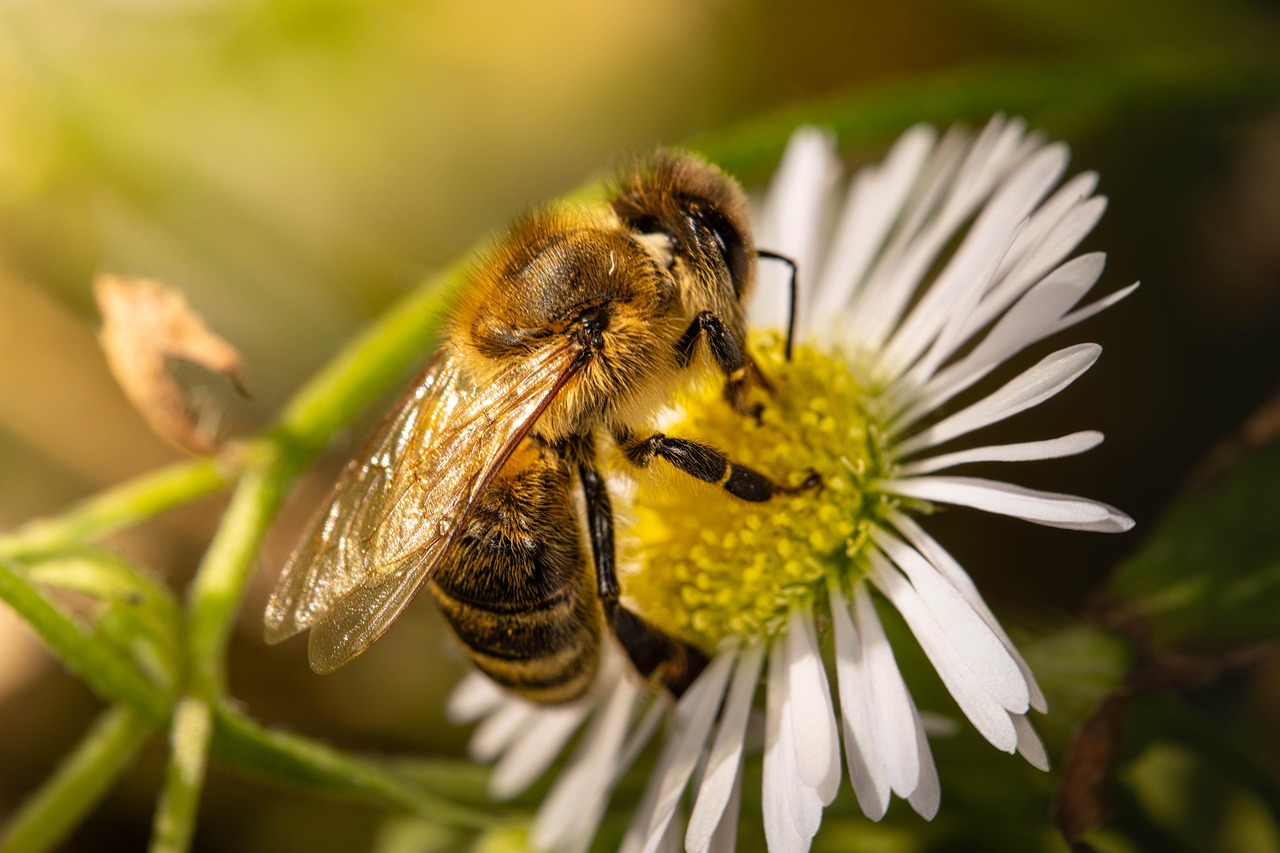
One of the most remarkable aspects of the Cretaceous flowering revolution was the co-evolution of plants and their animal partners. As flowers developed their seductive colors and fragrances, insects evolved specialized body parts to access nectar and pollen. This wasn’t just cooperation—it was the birth of one of nature’s most successful partnerships.
The first bees appeared during the Cretaceous, evolving from wasp-like ancestors who discovered that flower nectar was a more reliable food source than hunting other insects. These early pollinators developed branched hairs to collect pollen and specialized mouthparts to sip nectar. In return, they became unwitting couriers, carrying pollen from flower to flower with remarkable efficiency.
Butterflies, beetles, and flies also joined this pollination party, each group developing unique adaptations to exploit different flower types. This explosion of insect diversity created a feedback loop—more insects meant more opportunities for plant reproduction, which led to even more diverse flowering plants.
Dinosaur Gardeners: The Unexpected Landscapers
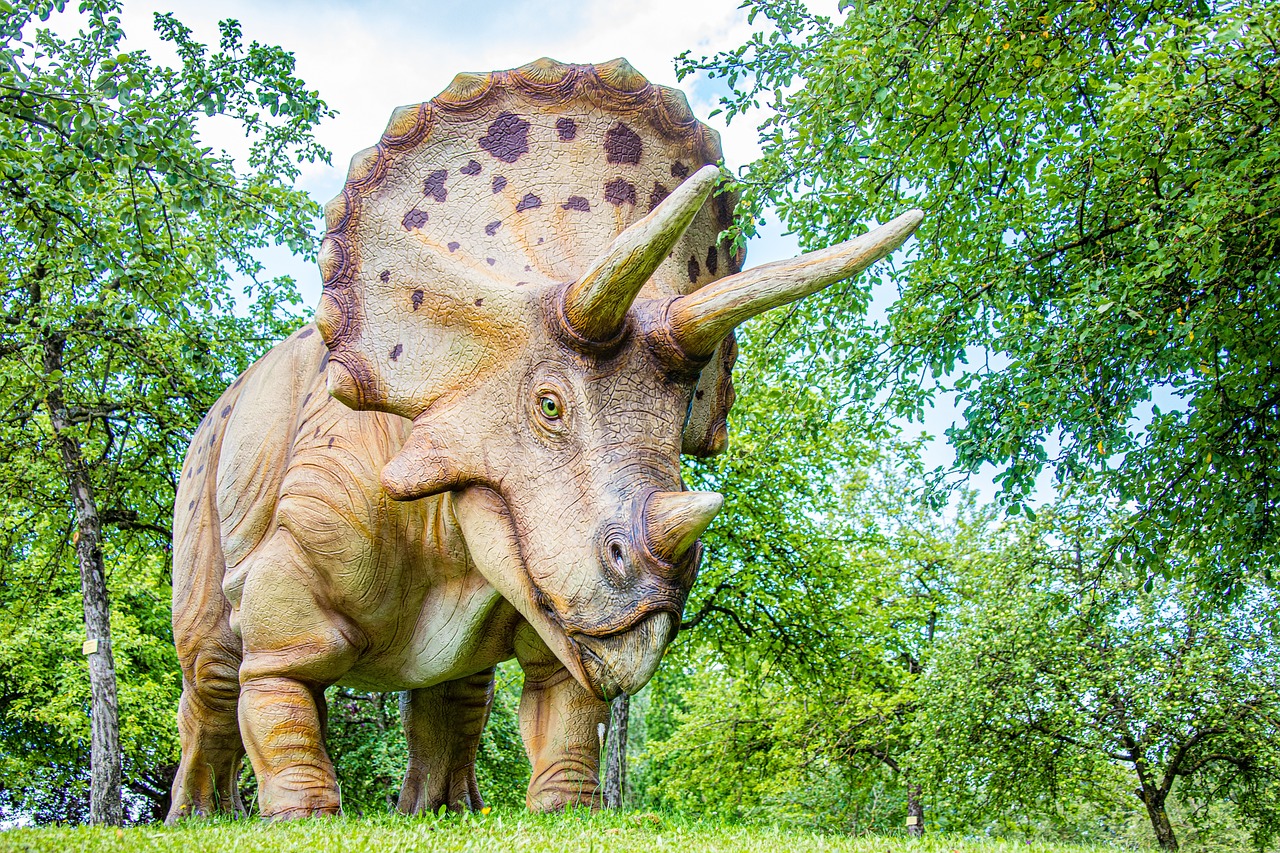
While we often think of dinosaurs as destructive forces, these massive creatures were actually instrumental in shaping the flowering plant revolution. Large herbivorous dinosaurs like Triceratops and Parasaurolophus acted as living bulldozers, constantly disturbing soil and creating new habitats for plants to colonize. Their massive footprints created temporary ponds and wetlands that became nurseries for aquatic plants.
Even more importantly, dinosaur dung served as premium fertilizer for the emerging flowering plants. A single large sauropod could produce hundreds of pounds of nutrient-rich waste daily, creating fertile patches that gave flowering plants a competitive advantage over slower-growing conifers and ferns.
The browsing habits of different dinosaur species also created diverse ecological niches. Some dinosaurs fed on low-growing plants, others reached high into tree canopies, and still others specialized in aquatic vegetation. This varied grazing pressure prevented any single plant type from dominating, encouraging the evolution of diverse flowering plant communities.
Underground Networks: The Root of Success
The success of flowering plants during the Cretaceous wasn’t just about what happened above ground—it was equally about revolutionary changes happening beneath the surface. Angiosperms developed more efficient root systems that could extract water and nutrients from soil more effectively than their competitors. These roots formed complex networks that could quickly colonize disturbed ground and outcompete established plants.
Many flowering plants also formed partnerships with soil fungi, creating mycorrhizal networks that functioned like underground internet systems. These fungal partners helped plants access nutrients from greater distances and even allowed different plant species to share resources. This collaborative approach gave flowering plants a significant advantage in nutrient-poor soils.
The root systems of flowering plants also had another crucial advantage: they could rapidly respond to environmental changes. When conditions became favorable, these plants could quickly produce new growth, while their competitors remained locked in slower seasonal cycles.
The Fruit and Seed Revolution
Perhaps the most ingenious innovation of flowering plants was their development of fruits—protective cases that not only shielded developing seeds but also recruited animals as seed dispersers. Before fruits, most plants relied on wind dispersal, which was hit-or-miss at best. Fruits changed everything by turning seed dispersal into a targeted delivery system.
Early fruits were likely small and simple, but they quickly evolved into diverse forms designed to attract specific animal partners. Some became sweet and colorful to appeal to dinosaurs and early mammals, while others developed hooks or sticky surfaces to hitchhike on animal fur. This innovation allowed flowering plants to colonize new territories much faster than their competitors.
The development of enclosed seeds also gave flowering plants a survival advantage. Unlike the exposed seeds of conifers and ferns, angiosperm seeds were protected by fruit walls that could withstand harsh conditions and even passage through animal digestive systems. This protection allowed seeds to survive longer periods before germination, increasing their chances of finding suitable growing conditions.
Rapid Evolution: The Speed of Change
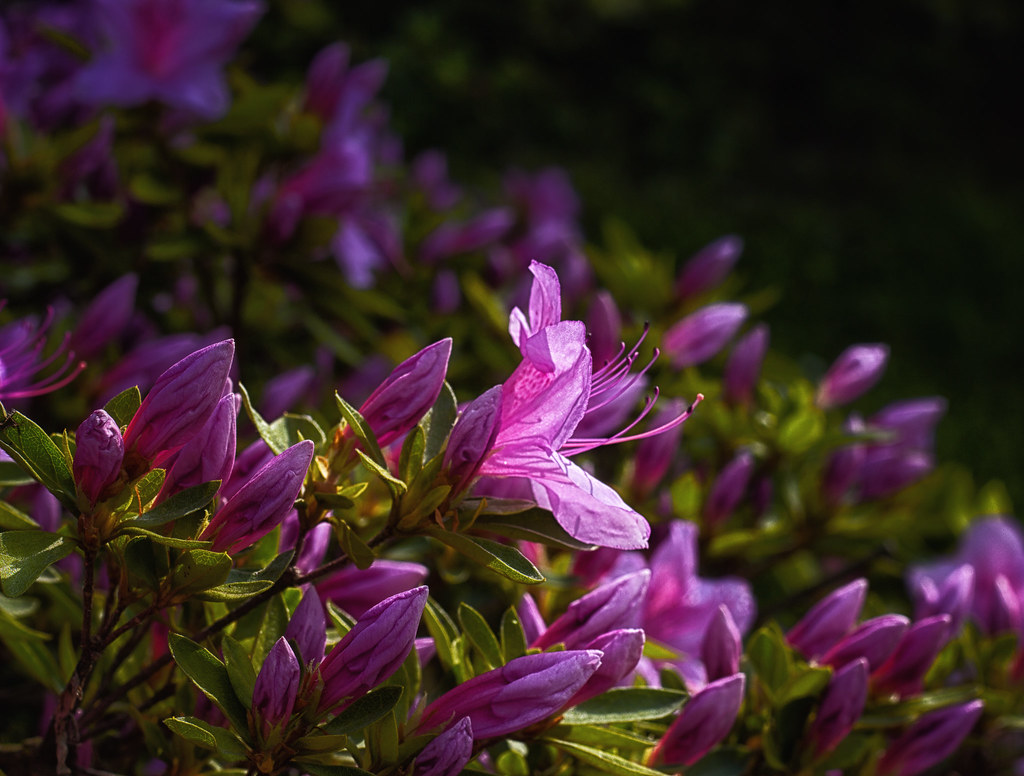
The Cretaceous flowering plant revolution happened at a pace that still amazes scientists today. While most evolutionary changes occur over millions of years, the diversification of flowering plants happened in what geologists call a blink of an eye. Within 30 million years, angiosperms evolved from a few primitive species to thousands of diverse forms occupying every possible ecological niche.
This rapid evolution was driven by several factors working together. The high temperatures and abundant carbon dioxide of the Cretaceous period accelerated metabolic processes, allowing for faster generation times and more rapid genetic changes. The constant environmental disruption caused by volcanic activity and changing sea levels also created new opportunities for adaptive radiation.
The development of more efficient reproductive systems also contributed to this evolutionary sprint. Flowers allowed for more precise genetic mixing through selective pollination, while fruits enabled rapid colonization of new territories. This combination of factors created a perfect storm for evolutionary innovation.
The Dawn of Modern Ecosystems

The flowering plant revolution of the Cretaceous period laid the foundation for virtually every terrestrial ecosystem we see today. The complex relationships between plants, pollinators, and seed dispersers that evolved during this time became the template for modern ecological communities. Without this Cretaceous innovation, our world would look radically different—and much less colorful.
The emergence of flowering plants also triggered cascading changes throughout the food web. New plant species created new food sources for herbivores, which in turn supported more diverse carnivore populations. The increased productivity of flowering plant communities meant that ecosystems could support larger numbers of animals, leading to the evolution of some of the largest land animals ever to walk the Earth.
These changes weren’t just about diversity—they were about complexity. The intricate relationships between flowering plants and their animal partners created stable, self-regulating ecosystems that could persist through environmental changes. This stability allowed for the evolution of increasingly specialized species and the development of the complex ecological networks we see today.
Chemical Warfare: Plant Defense Strategies
As flowering plants spread across the Cretaceous landscape, they faced increasing pressure from herbivorous dinosaurs and insects. This challenge sparked an arms race that led to the evolution of sophisticated chemical defense systems. Plants began producing alkaloids, tannins, and other toxic compounds to deter herbivores, while simultaneously developing ways to concentrate these chemicals in specific plant parts.
Some plants took a different approach, developing mutualistic relationships with insects that would defend them in exchange for food or shelter. These partnerships became so sophisticated that some plants evolved specialized structures to house their insect allies. The famous relationship between ants and acacia trees likely has its roots in these Cretaceous innovations.
The evolution of plant chemical defenses also influenced the development of animal digestive systems. Herbivorous dinosaurs evolved larger, more complex stomachs to process toxic plant materials, while some species developed the ability to detoxify plant compounds. This evolutionary arms race between plants and animals continued throughout the Cretaceous and beyond.
The Great Diversification: Families Take Shape
During the Cretaceous period, many of the major flowering plant families that dominate today’s landscapes first appeared and began to diversify. The ancestors of roses, magnolias, water lilies, and even grasses all trace their origins to this remarkable time. Each family developed unique characteristics that allowed them to exploit different ecological niches and environmental conditions.
The evolution of different flower structures led to the development of specialized pollination systems. Some plants evolved large, showy flowers to attract beetles and flies, while others developed small, inconspicuous flowers that relied on wind pollination. This diversification of reproductive strategies ensured that flowering plants could thrive in virtually every environment on Earth.
The rapid diversification of flowering plants during the Cretaceous also led to the evolution of different life forms and growth strategies. Some species became trees, others remained as shrubs or herbs, and still others evolved as climbers or epiphytes. This variety of growth forms allowed flowering plants to utilize every available space in the environment.
Ocean Meets Land: Coastal Evolution
The high sea levels of the Cretaceous period created extensive coastal environments that became hotbeds of flowering plant evolution. These transitional zones between land and sea presented unique challenges and opportunities that drove the development of salt-tolerant plants and specialized coastal ecosystems. Many of these early coastal plants became the ancestors of modern seagrasses and salt marsh vegetation.
The constant changes in sea level during the Cretaceous also created a dynamic environment where plant communities were constantly being established, destroyed, and re-established. This environmental instability favored plants that could reproduce quickly and colonize new areas rapidly—characteristics that flowering plants possessed in abundance.
Coastal environments also provided important corridors for plant migration and genetic exchange. As sea levels rose and fell, land bridges appeared and disappeared, allowing plants to spread between continents and isolated islands. This geographic mixing accelerated the pace of evolution and helped spread flowering plant innovations around the globe.
The Legacy of Volcanic Landscapes
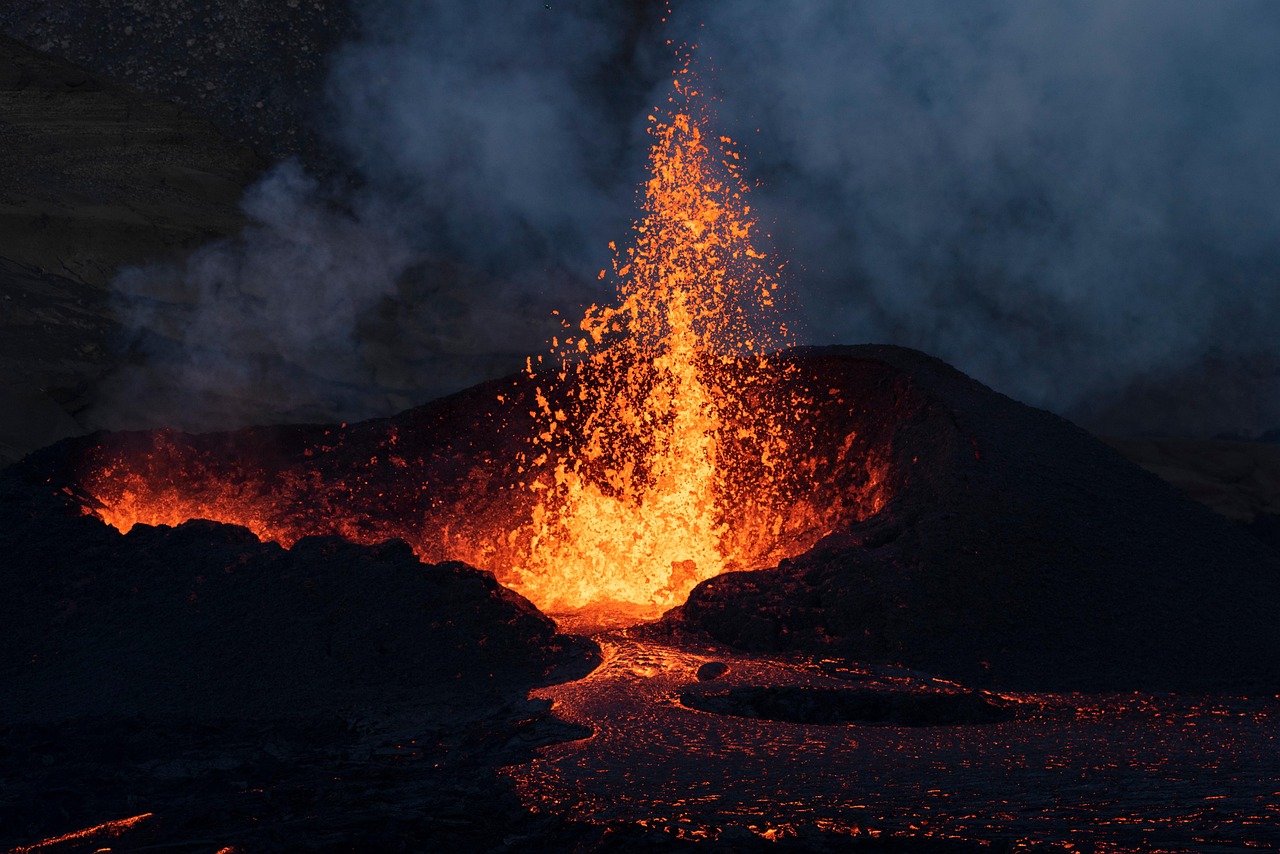
The Cretaceous period was marked by intense volcanic activity that created both challenges and opportunities for flowering plants. Massive volcanic eruptions periodically devastated large areas, wiping out established plant communities and creating blank slates for recolonization. These volcanic events acted as natural experiments in evolution, allowing new plant species to establish themselves without competition from existing vegetation.
Volcanic soils were often rich in nutrients but could be toxic to many plant species. Flowering plants that evolved tolerance to these harsh conditions gained access to fertile ground that their competitors couldn’t exploit. This advantage helped drive the rapid spread of angiosperms across volcanic landscapes around the world.
The ash from volcanic eruptions also had unexpected benefits for plant evolution. Volcanic ash could travel thousands of miles, carrying plant seeds and pollen to new territories. This long-distance dispersal mechanism helped flowering plants colonize remote islands and isolated continents much faster than would have been possible through normal dispersal methods.
Microscopic Partnerships: The Pollen Revolution
The evolution of flowering plants during the Cretaceous also revolutionized pollen structure and function. Unlike the simple pollen grains of earlier plants, angiosperm pollen evolved elaborate surface sculptures and chemical recognition systems that allowed for precise species-specific pollination. This innovation reduced wasted reproductive effort and increased the efficiency of sexual reproduction.
The development of diverse pollen types also created new ecological relationships. Some insects evolved specialized body parts for collecting and carrying specific types of pollen, while plants developed pollen with varying nutritional content to attract different pollinators. This co-evolution between plants and pollinators created some of the most intricate biological partnerships on Earth.
The study of fossil pollen from the Cretaceous period provides scientists with detailed records of how flowering plants spread and diversified. These microscopic time capsules preserve information about ancient climates, ecological relationships, and evolutionary patterns that would otherwise be lost to time.
The End of an Era: Setting the Stage for the Future
By the end of the Cretaceous period, flowering plants had fundamentally transformed life on Earth. They had created the foundation for modern terrestrial ecosystems, established the complex relationships between plants and animals that persist today, and developed the diversity of forms and functions that continue to dominate our planet’s landscapes. The asteroid impact that ended the Cretaceous period 66 million years ago would eliminate the non-avian dinosaurs, but the flowering plant revolution was so successful that it survived this catastrophe and continued to shape the world we know today.
The innovations that emerged during the Cretaceous flowering revolution—from sophisticated pollination systems to complex chemical defenses—became the building blocks for all subsequent plant evolution. Every flower in your garden, every fruit in your kitchen, and every tree in your local park traces its evolutionary lineage back to this remarkable period when dinosaurs and flowers shared the same world.
What’s perhaps most remarkable is that this transformation happened in what we might call partnership with the dinosaurs themselves, showing us that even the most dramatic changes in Earth’s history often result from unexpected collaborations between seemingly unrelated life forms. How different might our world be if this flowering revolution had never occurred?

